- Author: Saoimanu Sope
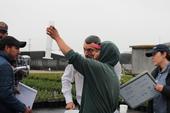
UCCE advisors provide free training to nursery and greenhouse staff
Working as an irrigator seems straightforward at first: if you're not watering plants by hand, you're building and managing systems that can do the watering. What could be complex about a job like this?
University of California Cooperative Extension advisors Bruno Pitton and Gerardo “Gerry” Spinelli can tell you – or better yet, show you.
Pitton and Spinelli, members of the
- Author: Saoimanu Sope
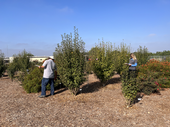
UC climate-ready landscape trials identify low-water yet attractive plants
Good news: roses can be a part of your water-efficient landscape. Lorence Oki, UC Cooperative Extension environmental horticulture specialist in the UC Davis Department of Plant Sciences, identified rose cultivars that remain aesthetically pleasing with little water.
Oki is the principal investigator of the Climate-Ready Landscape Plants project, which may be the largest irrigation trial in the western U.S., and the
- Author: Tiffany Dobbyn
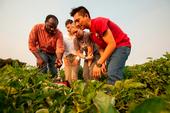
Effort Will Develop Ways to Minimize Risk from Climate Extremes for Southwest Growers
Researchers from the University of California, Davis, have been awarded a $10 million
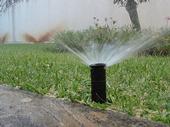
Californians cut water use in July by 31.3 percent compared to the same month in 2013, exceeding Gov. Brown's 25 percent mandate for the second consecutive month, the California State Water Control Board reported last week.
With dry conditions forecast to continue through November, UC Agriculture and Natural Resources developed a series of videos with tips for enhancing conservation efforts in outdoor landscapes. The second video in the series, which debuts today, advises homeowners to limit outdoor irrigation to the early morning hours.
In the morning, says host
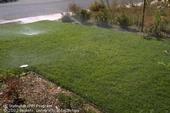
To conserve water and meet California's new water-use restrictions, one place to start is literally in one's own backyard. More than half of all household water use is typically used outdoors on landscape, according to University of California Agriculture and Natural Resources experts.
For homeowners, there are six key things to do to conserve landscape water, says Karrie Reid, UC ANR Cooperative Extension advisor, in San Joaquin County. Reid gives the following six tips:
- Tune up your irrigation system right away. When water is efficiently and accurately applied, less water is needed to keep plants healthy. Spray heads can get knocked out...



